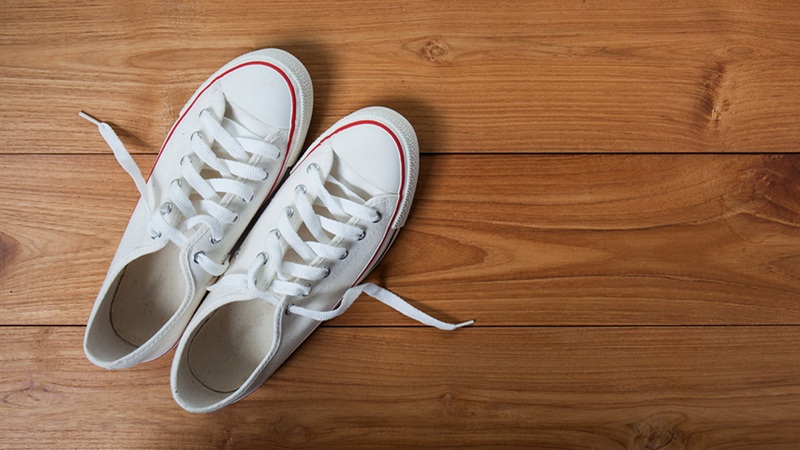As well as some of the more obvious movement changes that can occur as a result of a stroke, such as shuffled movement and difficulty in walking. There are a number of other body sensation changes that can occur. These can make it difficult for individuals to detect heat. Bathing Aids like the ones from https://www.abilitysuperstore.com/collections/bathing-aids are used to help keep the individual safe.

Here are some of the body sensation changes that can occur after a stroke.
- Hypoesthesia – this is where the limbs feel numb, and it is difficult to detect changes and damage that may occur to the skin. This can include not being able to tell when you bite your own lip and not being able to detect when clothing or other items are too tight. This can lead to skin issues occurring.

- Temperature – the body can become less sensitive to temperature, which, as noted above, can lead to a very real risk of scalds and burns occurring as it can be difficult to detect the temperature of the water. It can be common for people to burn themselves in the bath or shower if this is not monitored carefully.
- Dysesthesia or Paresthesia – these are altered sensations in the body and can include pins and needles and tingling that can occur in the limbs that were affected by the stroke. In some cases, it can also be an unpleasant burning sensation.




